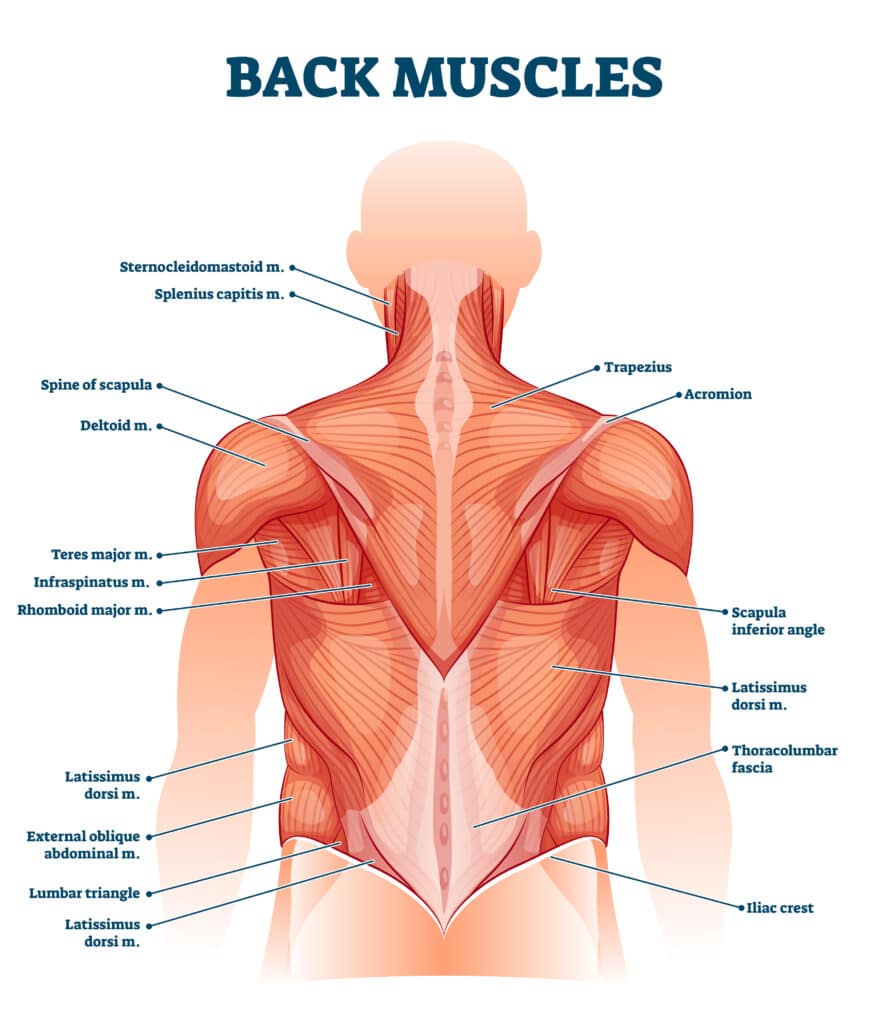How To Stop Back Spasms
Back spasms can be scary and frustrating. They often seem to come on out of nowhere, and it can be hard to tell if they’re a temporary annoyance or an indicator of a larger issue.
Back spasms often feel like tight contractions in your muscles. They might make certain movements more difficult. You can treat back spasms with at-home care, medication, and complementary therapies.
What is a back spasm?
Back spasms are sudden and involuntary contractions of muscles in your back. You may have isolated contractions or feel several in succession. They may come and go quickly or last longer and feel stuck.

Mild spasms are more like twitches, which can be annoying and distracting. More crippling ones may be so unbearable that you hold your breath.
To diagnose and treat back pain and spasms, your specialist may use a physical exam, X-ray, MRI, or CT scan. Talk to your back pain specialist if you are experiencing these symptoms:
- Small twinges
- Tight knots
- Dull ache
- Acute pain
- Sporadic cramping
- Difficulty bending or moving
- Weakness
Back spasms can occur anywhere in the back but are most frequently felt in the lower back. They may stay in the same general area or cause sensations to radiate to other parts of your body, like your hips or legs.
Pain and spasming may be deep in your muscles or occur in intermediate or superficial muscles. They are a common type of back pain and can disrupt your daily routine and ability to sleep.
Severe Back Spasm Symptoms
If you experience any of the following symptoms, tell your orthopedic spine doctor and back pain specialist right away, as they may indicate a more serious issue:
- Loss of bladder or bowel control
- Weakness or numbness in your arms or legs or on one side of your body
- Loss of coordination or balance
What causes back spasms?
What causes muscles to spasm in the back? They are most common in athletes, people who do heavy lifting, and those with generalized back pain (dorsalgia).
The most common causes of muscle spasms include:

- Overuse or underuse of muscles: If you are sedentary, have poor posture, or have weak back or stomach muscles, you may experience spasms. You may also get them if you are especially active and lift heavy objects or weights. A muscle strain or injury that’s inflamed can cause spasms.
- Dietary issues: Muscular spasms may indicate that you need to drink more water or increase the mineral content in your diet. Talk to your back pain specialist about ways to increase your magnesium, potassium, and calcium intake.
- Mental and emotional health issues: Back pain and spasms are common in those who are stressed or feeling anxious. When stressed, your body releases hormones like adrenaline as a normal part of the fight-or-flight response. This results in increased blood flow and blood pressure so you can flee from the source of the stress, which can cause back muscles to tense and spasm.
- Trauma or injury: Spasms sometimes occur due to traumas like car accidents or falls. Injuries to soft tissues like muscles, tendons, or ligaments can cause spasms.
More serious issues can also cause middle, upper, and lower back spasms, such as:
- Gallstones, kidney stones, or kidney infections
- Ankylosing spondylitis
- Stiff person syndrome
- Tumors
- A herniated disc or degenerative disc disease
- Piriformis syndrome
Can stress cause back spasms?
Yes, stress can cause spasming in the lower back or any part of your back. Your spine and back pain specialist can help you find a therapist or support system to help manage stress and anxiety and relieve back pain.

Treatment for Muscle Spasms in Back
Can back spasms go away on their own? Sometimes. Many instances are short term and resolve in a few days.
If you have a strained muscle, back spasm relief may take a few weeks. If your back pain is linked with emotional overwhelm like stress or anxiety, you may experience symptoms for longer periods or on a recurring basis.
Back spasm treatment can include:
- Ice and heat: Apply a wrapped ice pack or heating pad to the spasming area for 20 to 30 minutes as needed.
- Nonsteroidal antiinflammatory drugs: Take over-the-counter pain medications like acetaminophen (Tylenol), naproxen (Aleve), or ibuprofen (Advil, Motrin) as directed.
- Injections: For some, injections of an antiinflammatory medication like cortisone can be helpful.
- Muscle relaxants: Sometimes, your back pain specialist may prescribe a short course of muscle relaxants. These medications should not be used for more than 72 hours and should be taken at night or when you do not need to drive. They can have side effects like confusion and drowsiness.
- Physical therapy: Physical therapy can help relieve back spasms by helping lessen muscular tension and build strength. These muscle strengthening exercises can also help you relax to help with stress and anxiety.
How can I prevent back spasms?
While there’s no guarantee that you can prevent spasms, certain approaches can help decrease their likelihood, including:
- Regular exercise
- Practicing good posture
- Stress management
- A healthy diet
- Periodic movement and stretching if sitting for long periods
- Sleeping in the proper position
It’s normal for those suffering from chronic back spasms to be scared and frustrated. Understanding why your back is spasming can help you discover how to stop back spasms.
If you’re suffering from lower back muscle spasms or other back pain and would like to speak with a specialist, contact us or comment below.
1 Comment
Permalink
Hi, I been have experiencing back muscle spasm more frequently just bow the right shoulder blade and moving through the rib cage and a cruciating pain under my right breast.
It becomes very acute when I do house chores or being in a stressful situation. I have been to my GP and health providers govt institutions. They dispense medication for RA, OA, Gout and mild pain and inflammation. That does not give expected Relief. Ii know and understand that I have learn how to handle situations that might contribute to this pain, but it’s not as easy sad than done in this stressful life and anxiety.